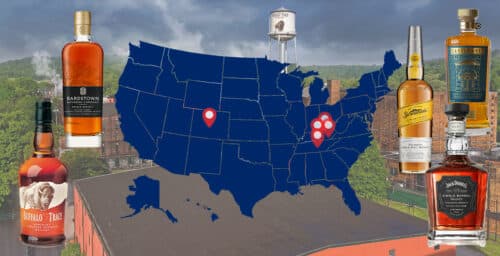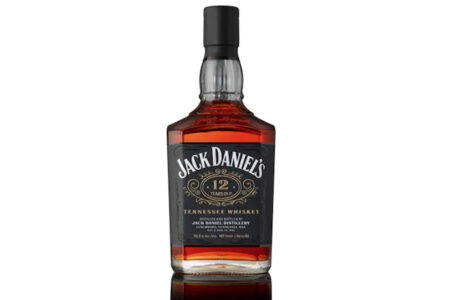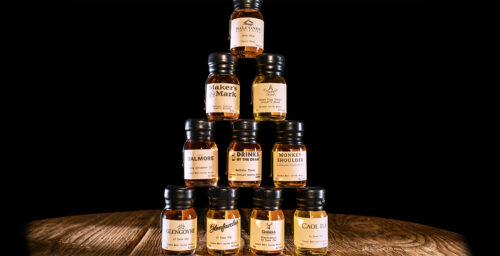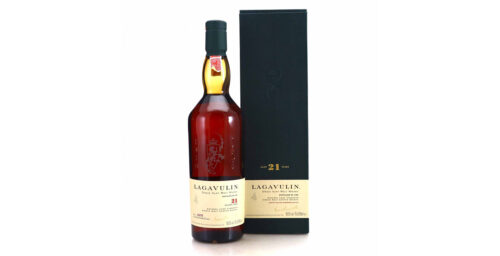The craft whiskey movement has brought forward a number of distilleries seeking new, and old, ways to view and brew whiskey. One such brand is Tom’s Foolery, known until recently for its applejack brandy, but now looking to make a name for itself in whiskey.
I was given the opportunity to visit with Tom and Lianne Herbruck, the owners of Tom’s Foolery, at their current location east of Cleveland, Ohio. The picturesque location in the east Ohio hills makes for a scenic background, while the people make great spirits.
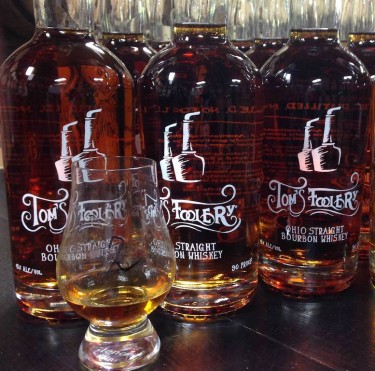
During the tour through the currently small distillery, Tom Herbruck took me through the the process of how they make their whiskey. Tom’s Foolery starts by grinding the grains themselves. Then, after mixing, the traditional sour mash is left to ferment in one of two open cyprus wood fermenters. It is then passed through two pot stills, which have some rather interesting history already.
The stills were made by Vendome out of Kentucky in 1976 for a company that had closed its doors some time ago. From there the stills were bought by the Beam family, and kept safe and in working order for 15 years. Finally, they were bought by the Herbrucks in 2011 and moved to northern Ohio to begin a renewed life of distilling.

One of the other interesting things about how Tom’s Foolery makes its whiskey is their “barrel a day” program. One batch of mash, after being distilled through both stills, results in about one barrel of whiskey, which I was told “allows us to change the recipe as we like, or to experiment with it.” Of course, these experiments have led to a good mash mix that makes Tom’s Foolery bourbon and rye, but also, some rather interesting attempts that have not made it out of the barrel yet.
After looking over the equipment we headed toward the rack house, which is truly where Tom’s Foolery seems to gets its unique flavor. The rack house has no temperature control, so the whisky aging within sits at whatever temperature it is outside (i.e. this year some casks got as low as 13 degrees).
“During the summer,” I was told, “the whiskey interacts with the barrel, which imparts its flavors, but in the winter there is less extraction and the liquid is flooded with oxygen, changing the taste and texture.”
After aging, their recently unveiled bourbon is tasted, and the best five casks are chosen to be blended for each bottling. This is also done almost by hand, on a rustic machine.

In keeping with the distillery’s seemingly open approach to how they craft their whiskey, one thing you can do that stems from the “barrel a day” is track each barrel’s development through the distillery’s website. How I explored this integration with the distillery was that, during my tour I was offered a few tastes from the casks. Afterwards, I pulled up online more information on the barrels to learn more on what I had enjoyed. Which included the mash mix, distilling date, and time in the barrel.
For those wanting to visit Tom’s Foolery unfortunately the current site is not open to the public. They are in the process of moving just down the road, however, where they will offer tours and tastings. Hopefully, I was told, the new distillery location will be open by the summer of 2016.


